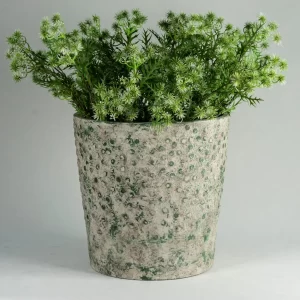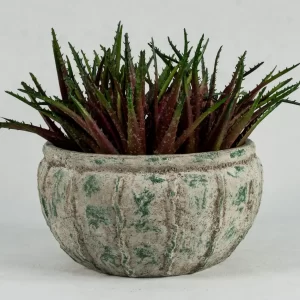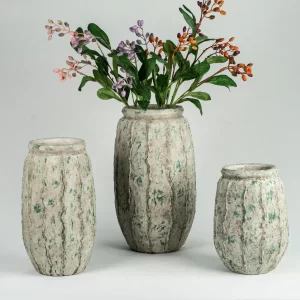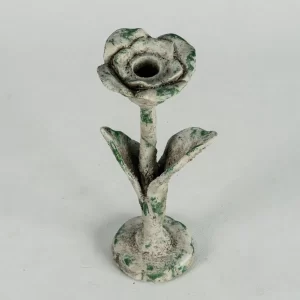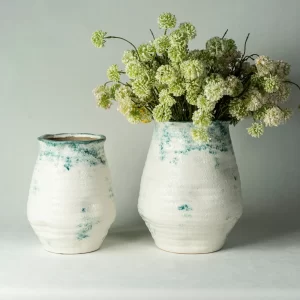Pottery, as one of the earliest craft products invented by humans, carries the code of civilization from the Neolithic Age to the present. From the cooking utensils of primitive tribes to the creative carriers of contemporary artists, pottery has run through human history in various forms. There are many types of pottery, and different types have different production processes, uses and cultural backgrounds.
Basic Classification of Pottery
Pottery can be divided into several categories according to different standards. The most common classification criteria are based on the composition, firing temperature and purpose of the pottery.
Classification by Raw Materials
Depending on the raw materials used in making pottery, pottery can be divided into the following categories:
Clay pottery: The Most general form of pottery, from natural clay, moulded, dried, and fired. Clay pottery vary in colour between pale yellow and red, rough in texture but suitable for air to pass through.
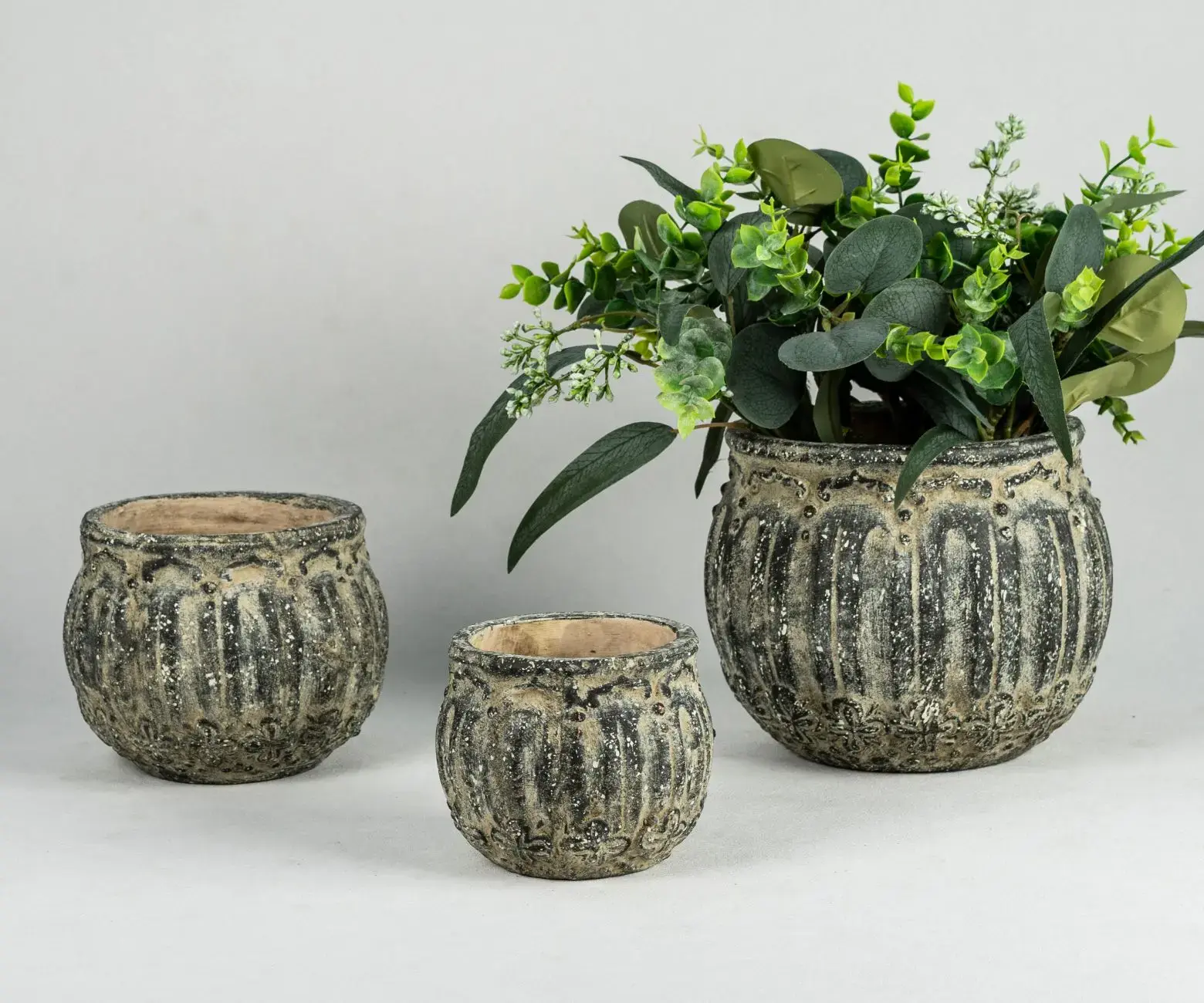
Porcelain: Porcelain is typically made up of purified clay and kaolin, fired at high temperatures to yield smoothness in the surface as well as high hardness. Porcelain is high-temperature-fired, hence the final product has robust durability and beauty. Porcelain is usually encountered in daily tableware, decoration, etc.
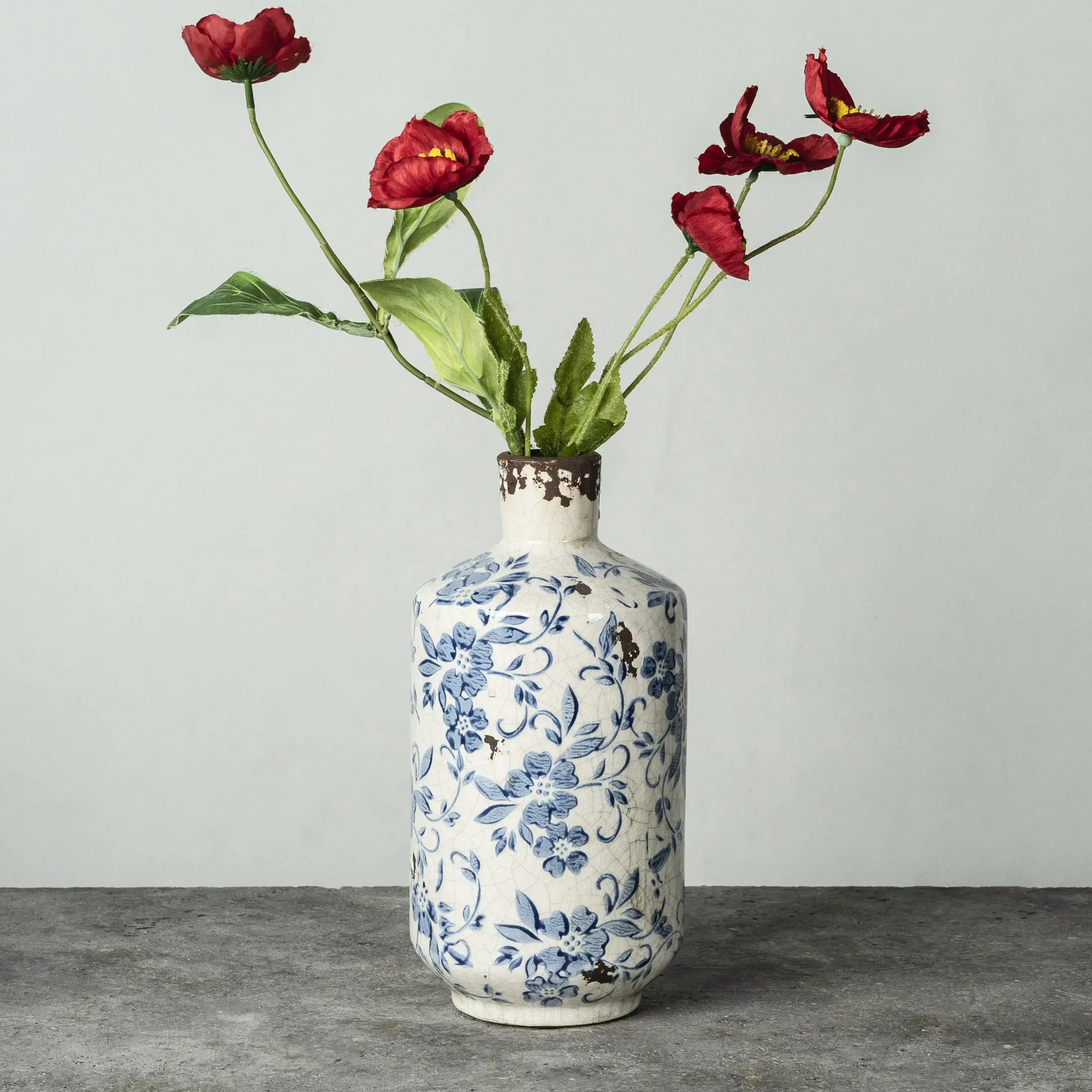
Stoneware pottery: Stoneware pottery often mixes some quartz sand, feldspar and other minerals with clay and is fired at high temperature. It usually has strong heat resistance and hardness.
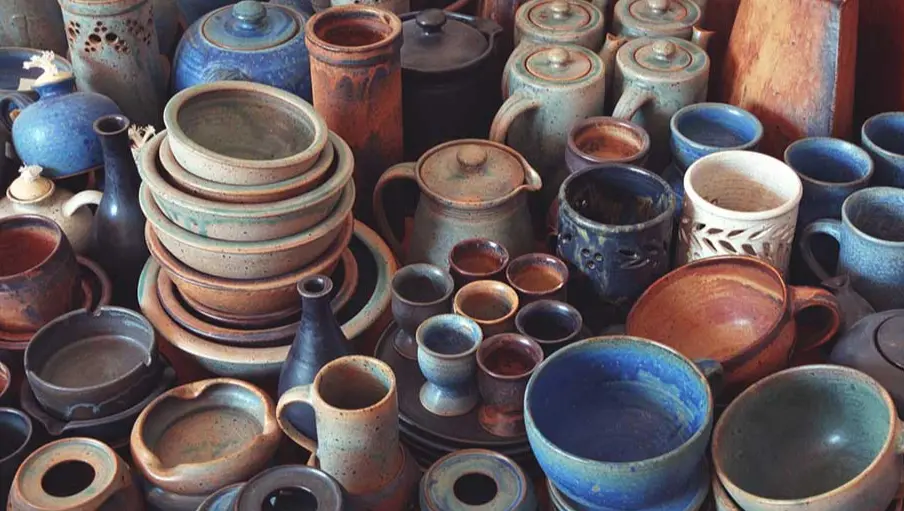
Classification By Firing Temperature
The firing temperature of pottery is an important criterion for distinguishing different types of pottery. According to the different firing temperatures, pottery can be divided into:
Low temperature pottery: generally fired at a temperature below 1000°C, such as most traditional household pottery. This type of pottery has a rough surface and easily absorbs water, so it is not suitable for storing water or liquids.
Medium-temperature pottery: The firing temperature is usually between 1000℃ and 1200℃. It has good durability and a smooth surface. It is commonly seen in some decorative pottery and kitchen utensils.
High-temperature pottery: The firing temperature is usually above 1200℃, and most porcelain and fine ceramic works belong to this category. This type of pottery has high hardness and bright colors, and is suitable for making exquisite works of art and high-end tableware.
Classification by Purpose
Based on the function of pottery, pottery can be divided into the following categories:
Practical pottery: mainly used in daily life, such as tableware, pots, flower pots, storage jars, etc.
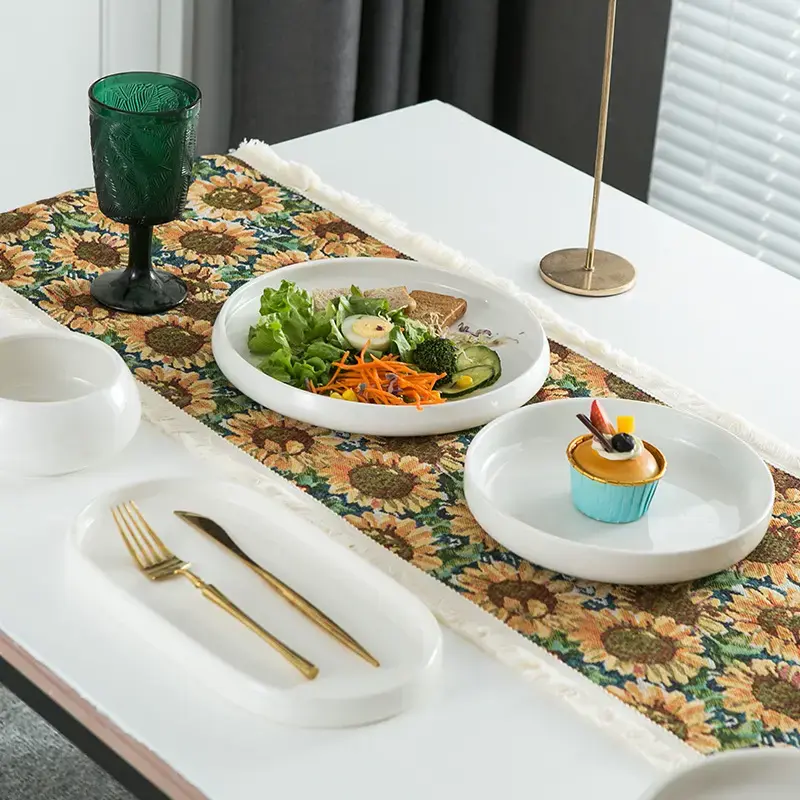
Art pottery: mainly for decoration and artistry, such as ceramic sculptures, vases, decorative plates, etc. These pottery are usually finely designed and handmade.
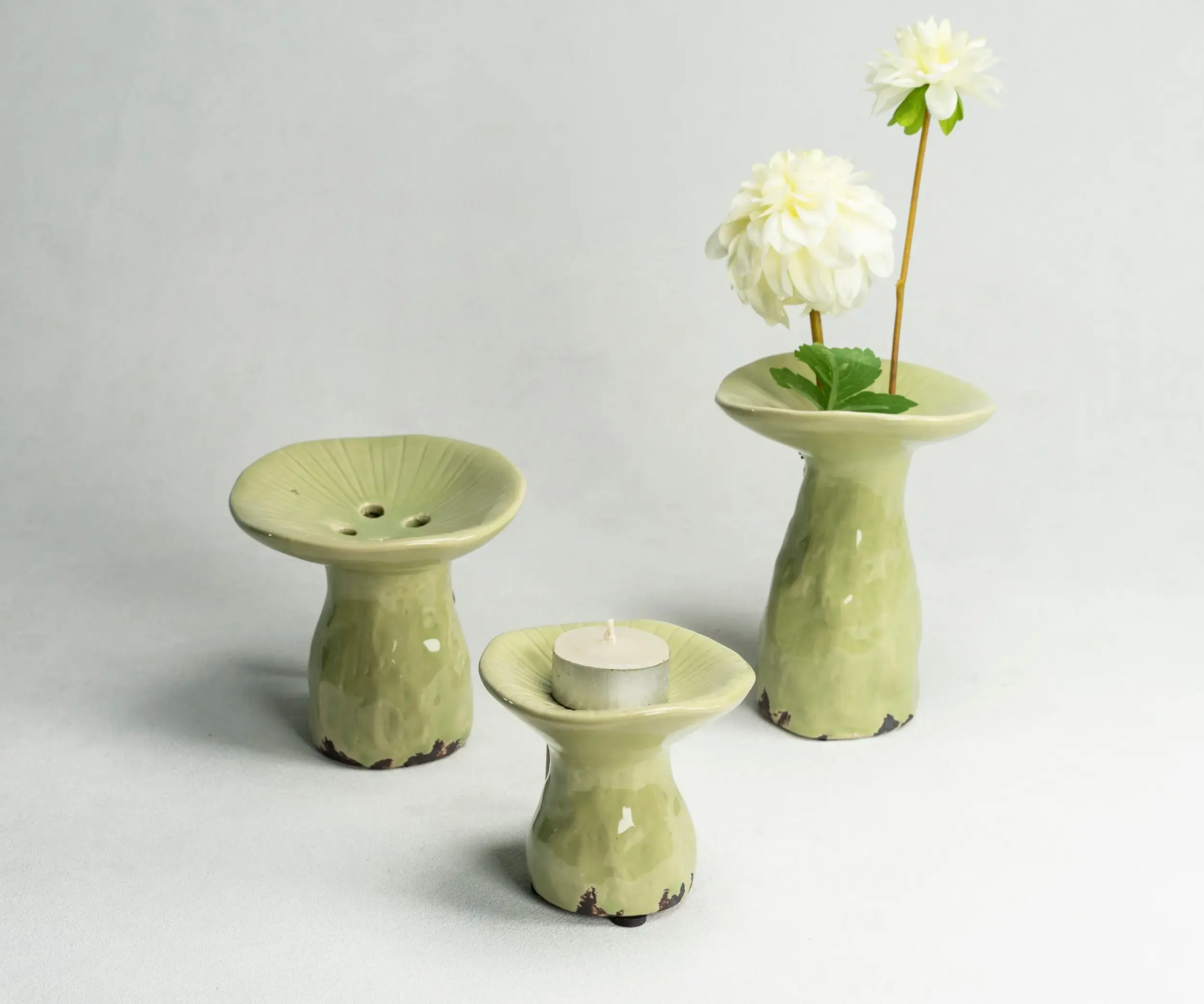
Architectural pottery: used for building components, such as bricks, drainpipes, and glazed tiles.
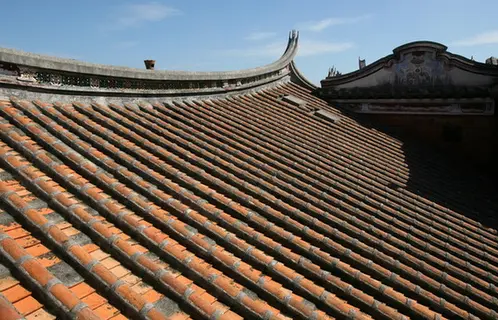
Pottery Making Process
After thousands of years of development, pottery making techniques have formed a variety of technical schools. The most common production methods include:
Hand-kneading: This craft employs hand-kneading to shape pottery. It is usually used to produce artistic pottery or small pottery.
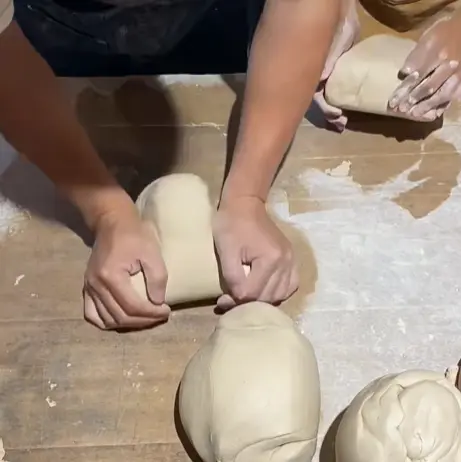
Wheel-making: The shaping is done by rotating pottery wheels. It is a perfect technique for producing most pottery, such as bowls, plates, bottles, etc.
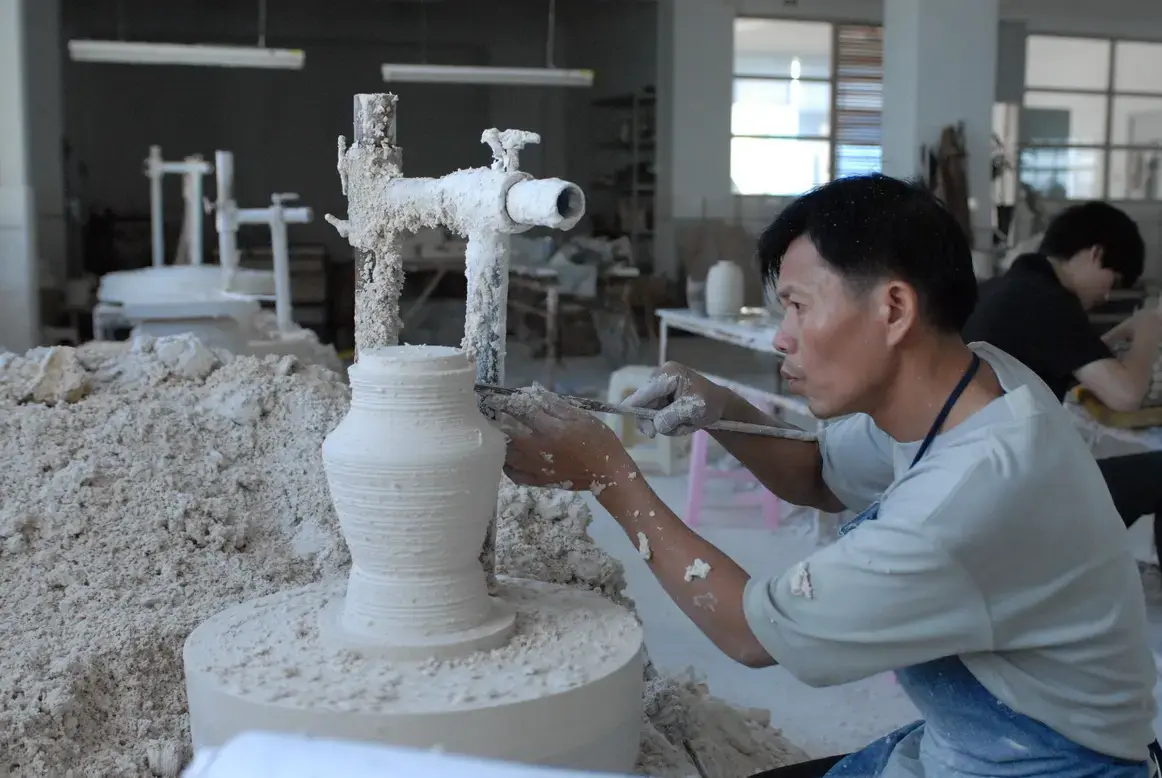
Mold casting: With the use of molds to shape, it is perfect for quantity and batch production. It is widely used in daily pottery such as tableware and flower pots.
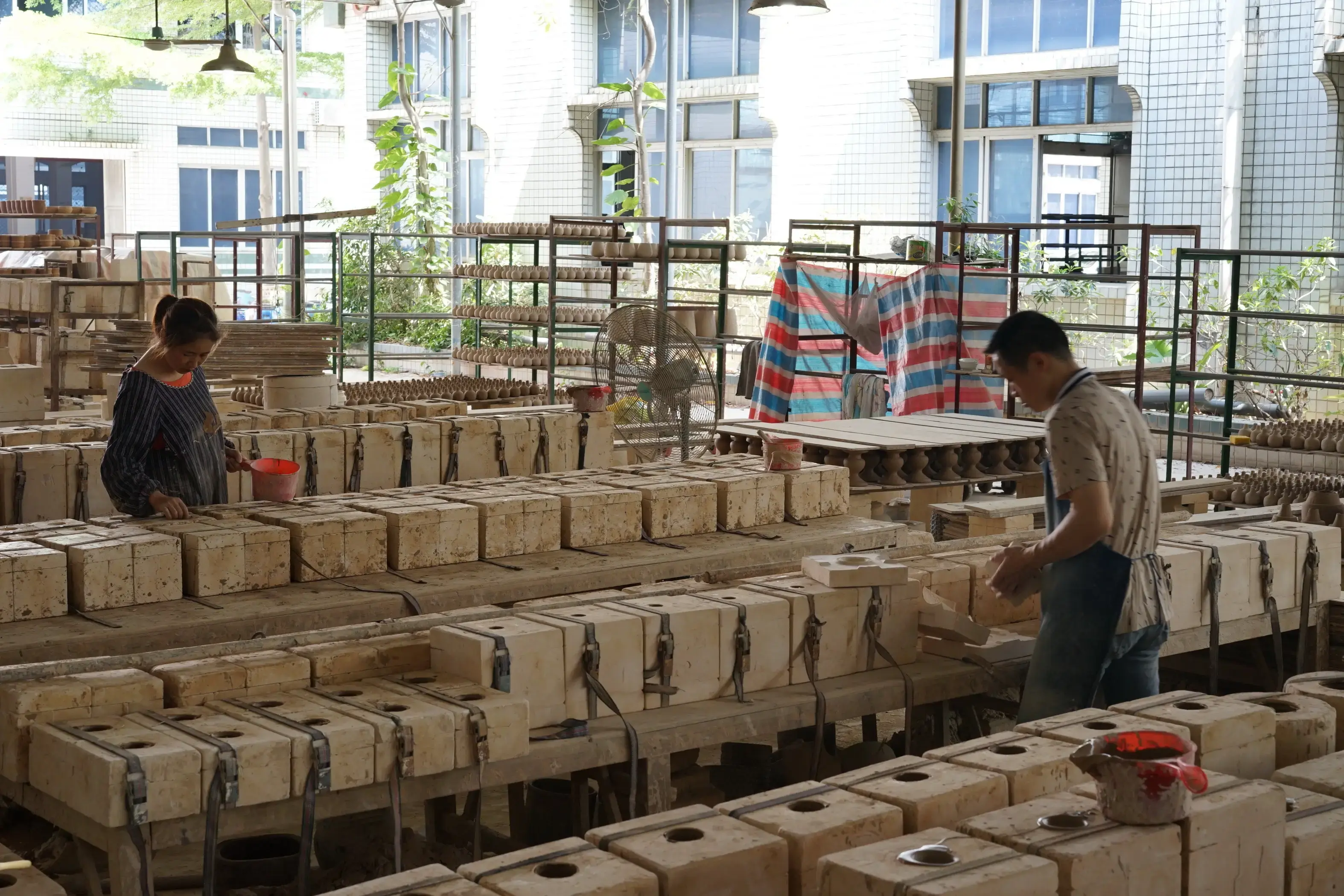
Conclusion
The classification of pottery demonstrates the progress of craftsmanship and technology. Each piece of pottery embodies human understanding and creativity of natural materials.
About SANTAI
SANTAI pottery manufacturer was established in 1989 and is one of the leading pottery manufacturers in China. With its excellent craftsmanship and innovative design, SANTAI has become a pioneer in the Chinese industry. We are committed to providing high-quality and beautiful pottery products to customers around the world, providing a variety of wholesale pottery home decor, and launching a variety of pottery products including classic series, modern series and customized series.
SANTAI’s business covers more than 120 countries and regions around the world. In the fields of home decoration and gardening decoration, SANTAI’s pottery products are widely acclaimed and have become a part of the lives of global consumers.

